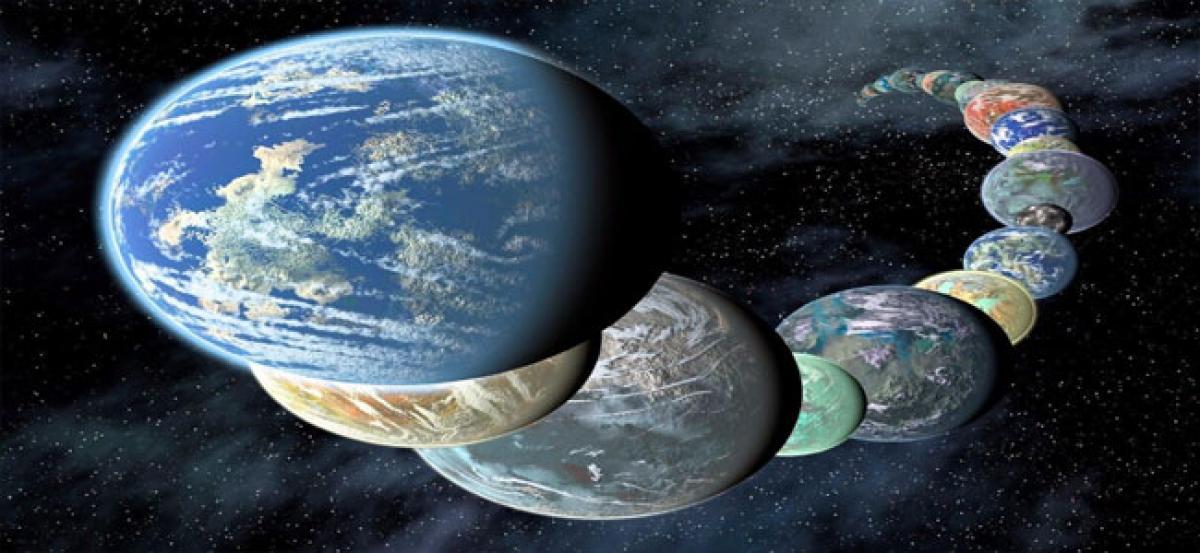Live
- Share of processed food goods in India’s agricultural exports rises to 23.4 pc
- Osamu Suzuki who revolutionised India’s car market with Maruti 800 no more
- Osamu Suzuki had very close understanding with PM Modi: Maruti Suzuki Chairman
- Hyderabad Ranks as India’s Second Most Expensive Housing Market
- Study shows exercise key to managing chronic liver disease
- Share market ends in green, Sensex settles at 78,699
- Amit Shah’s visit to Odisha postponed
- 2025 will be no less transformative in its own way for Air India: CEO Campbell Wilson
- Celebrity Designer Sussanne Khan Rents an Apartment for Rs 2.37 lakh per month in Mumbai: Square Yards
- Greatest economist who shaped nation’s economy: K’taka Cong pays tributes to ex-PM Singh









